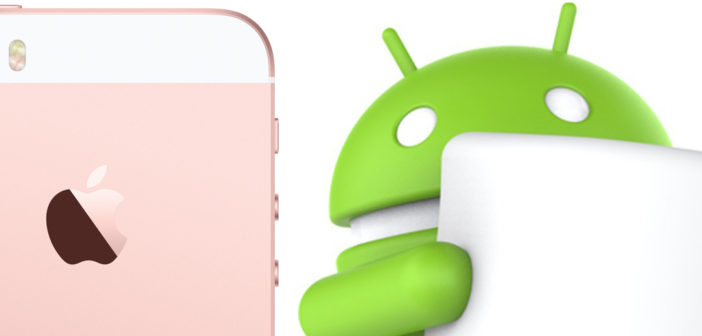iOS makes strong gains in US, but Apple’s share in China falls to its lowest point since July 2014
The latest smartphone operating system (OS) data from Kantar Worldpanel ComTech shows that Android OS share in urban China in the three months ending February 2017 was greater than at any time in the previous year, accounting for 86.4% of smartphone sales compared to 77.1% in the same period one year earlier. Android share also rose slightly in Europe’s big five markets (Great Britain, Germany, France, Italy, and Spain), the EU5, from 74.3% to 75.2% of smartphone sales in that region, but declined three percentage points in the US, from 58.9 to 55.9%.
“Android has achieved continuous growth in China since last February, with its strongest year on year gains coming in the three months ending February 2017, when its share rose 9.3 percentage points,” said Lauren Guenveur, consumer insight director for Kantar Worldpanel ComTech. “As we’ve seen in the past, this was due to a strong sales period around Chinese New Year, which is always a busy promotional season, particularly for local brands. Huawei, Oppo, Meizu, Vivo, and 360 all posted year on year growth.”
Reported Tamsin Timpson, strategic insight director at Kantar Worldpanel ComTech Asia: “In the three month period ending February 2017, iOS accounted for 13.2% of smartphone sales in urban China, a decline of 8.9 percentage points from 22.1% a year earlier. This marks iOS’ lowest share since the three month period ending July 2014. That said, iPhone 7 and iPhone 7 Plus remained the top selling devices in the region, accounting for 8% of smartphone sales. By comparison, iPhone 6s and 6s Plus accounted for 14% of smartphone sales in the three months ending February 2016.”
Added Dominic Sunnebo, business unit director for Kantar Worldpanel ComTech Europe: “While Android continued to make gains in EU5, growth slowed to just 0.9 percentage points between February 2016 and February 2017, while iOS gained 2.7 percentage points to capture 21.8% of smartphone sales. Growth for Android was strongest in Spain, where Android accounted for 92.2% of smartphones sold, a 2.2 percentage point increase from February 2016. Samsung and Huawei, the top Android vendors in Spain, experienced modest year on year declines, while local brand BQ and China’s Xiaomi each grew six percentage points over the past year. Android’s share fell modestly in Great Britain, shrinking by 0.5% points to 55% of smartphone sales.”
In the US, Android dropped to 55.9% of smartphone sales in the three months ending February 2017, marking another period of year on year decline that began in the second quarter of 2016. iOS accounted for 42% of smartphones sold in the US, up 3.7 percentage points from 38.3% the previous year. iPhone 7 and iPhone 7 Plus remained the top selling smartphones in the US where they have been in the lead since the three months ending November 2016. Although Google Pixel was not expected to be a game changer in its first iteration, there were hopes that it might soften the drop in Android sales that typically occurs around an iPhone launch.
Among US consumers intending to purchase over the next six months, 23% indicate that they will consider a Google Pixel. But since its release, Pixel has not been able to surpass 2% of smartphone sales, in part because supply constraints have limited its availability.
“The February period is always a challenging time to report on consumer behaviour and plans, since many people put purchases on hold following the holidays, waiting for the latest phone announcements from Mobile World Congress,” Guenveur said. “The much-anticipated March 29 announcement of the Samsung Galaxy S8, combined with the somewhat unexpected launch of the (PRODUCT) RED iPhone 7 and iPhone 7 Plus, and the capacity upgrade to iPhone SE a week before that, may mean that the remainder of Q1 and Q2 could yield some interesting, even unpredictable, shifts in the market.”





